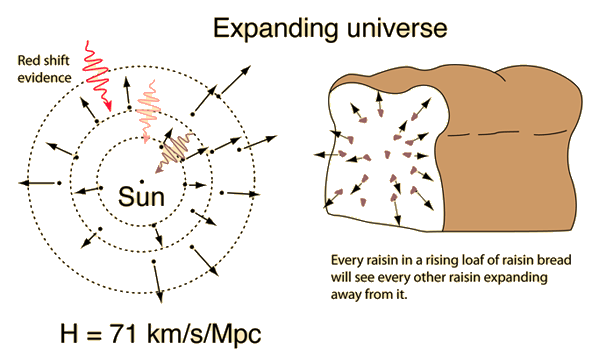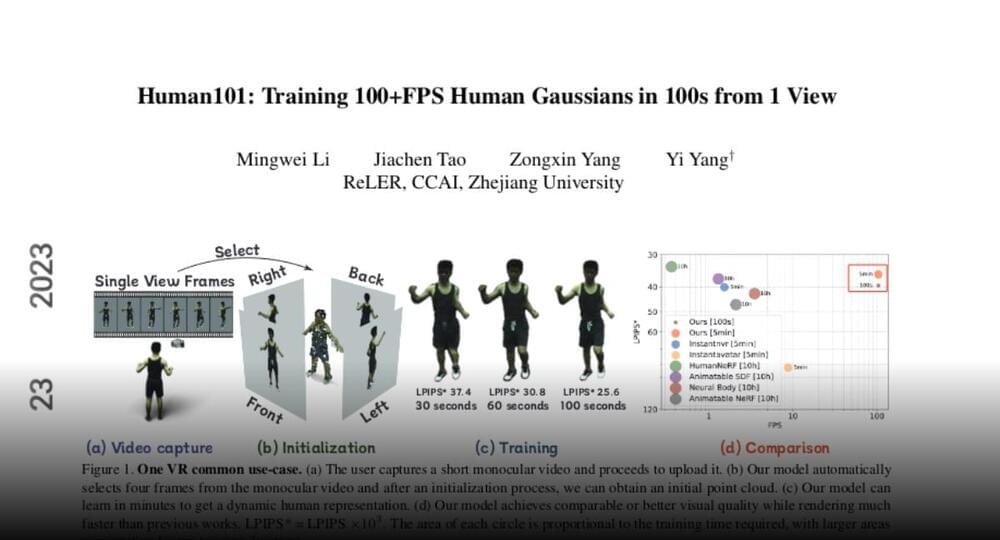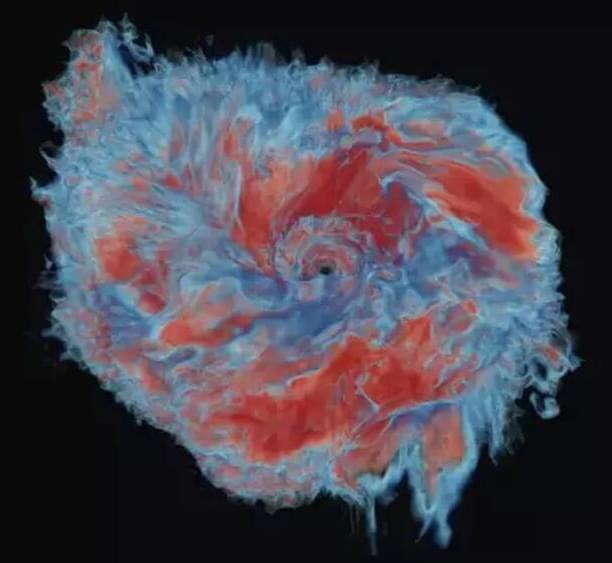The distant galaxies we see in all directions are moving away from the Earth, as evidenced by their red shifts. Hubble’s law describes this expansion.



The Times said OpenAI and Microsoft are advancing their technology through the “unlawful use of The Times’s work to create artificial intelligence products that compete with it” and “threatens The Times’s ability to provide that service”
The New York Times sued OpenAI and Microsoft for copyright infringement on Wednesday, opening a new front in the increasingly intense legal battle over the unauthorized use of published work to train artificial intelligence technologies.
The Times is the first major American media organization to sue the companies, the creators of ChatGPT and other popular A.I. platforms, over copyright issues associated with its written works. The lawsuit, filed in Federal District Court in Manhattan, contends that millions of articles published by The Times were used to train automated chatbots that now compete with the news outlet as a source of reliable information.
The suit does not include an exact monetary demand. But it says the defendants should be held responsible for “billions of dollars in statutory and actual damages” related to the “unlawful copying and use of The Times’s uniquely valuable works.” It also calls for the companies to destroy any chatbot models and training data that use copyrighted material from The Times.


Persistent chronic inflammation – also recognized as metaflammation or inflammaging – emerges as a consistent factor in ailing populations, in conditions correlated with age-related deterioration and even in ostensibly robust individuals. This phenomenon has been correlated with the onset of autoimmune disorders such as psoriasis and lupus, as well as chronic diseases including diabetes, cardiovascular disease, Alzheimer’s and Parkinson’s, among others. Investigations have substantiated that environmental and lifestyle variables such as smoking, a poor diet, physical inactivity and lack of or poor quality sleep can contribute to the perpetuation of chronic underlying inflammation.
Nicotinamide adenine dinucleotide (NAD+) is a critical coenzyme; vital for the functionality of all living cells, the preservation of intracellular NAD+ pools plays a crucial role in supporting cellular and metabolic processes. Key among these processes is the production of cellular energy, adenosine triphosphate (ATP), and DNA repair. Research indicates that a decrease in NAD+ levels is linked to compromised inflammatory responses and innate immune dysfunction. This implies that the levels of NAD+ may play a critical role in the operational efficacy of immune cells.
NR is an efficient NAD+ precursor; clinically proven to increase NAD+ safely and effectively it has become a popular supplement, and there is a growing body of clinical evidence demonstrating the anti-inflammatory effects of NR supplementation (either alone or in combination with other ingredients) for healthy, older adults, or those with inflammation-related disorders [4]. Indeed, NR supplementation has potential for more robust effects among the elderly and diseased populations as they tend to have compromised NAD+ and a higher inflammatory status.
Use my link https://bit.ly/HistoryoftheUniverseDCJan22 and check out the first chapter of any DataCamp course for FREE to unlock new career opportunities and become data fluent today!
A team of scientists in Basel believes this will open up new lines of research.
I created an experimental chatbot with 50 of my WIRED articles. Try it out for yourself.

According to a widely distributed study covered by all the majors, Tesla drivers are way at the top of the list of the worst drivers on earth. Brian White has gone super deep to uncover whether there is any truth in this story and why it might have been written at all.
Scientists introduce Zman-seq, a method revolutionizing our understanding of dynamic cellular changes in the human body over time. Read more about this groundbreaking study.
In a recent study published in Cell, scientists led by Prof. Ido Amit at the Weizmann Institute of Science have introduced Zman-seq. This revolutionary method breaks through the temporal barriers of cellular analysis.
This innovative approach allows tracking and measuring changes in individual cells within the body over time.
“Knowing what preceded what is not enough to deduce causality, but without this knowledge, we don’t have a chance of understanding what the cause and effect are,” said Prof. Amit in a press release.